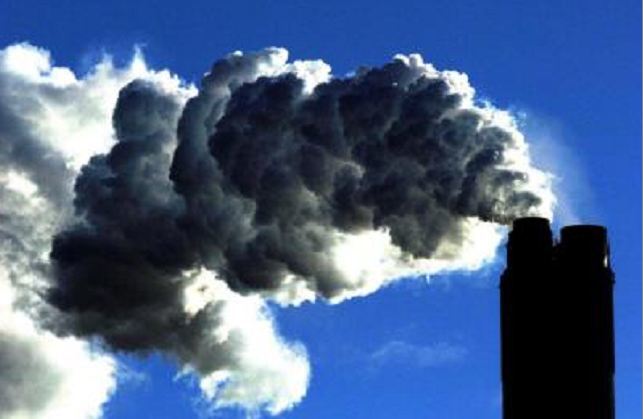
Cleaner power and the falling demand for energy across homes and industry have driven cuts in UK carbon emissions of nearly two-fifths since 1990, analysis suggests.
The UK’s carbon dioxide emissions peaked in 1973 and by 2017 were 38% lower than they were in 1990, research by climate and energy website Carbon Brief shows.
Declining emissions are largely down to a switch to a cleaner electricity mix, based on gas and renewables instead of coal and falling demand for energy across homes, businesses and industry.
UK emissions have declined from around 600 million tonnes of carbon dioxide in 1990 to 367 million tonnes in 2017, the last full year for which figures are available.
The Carbon Brief analysis finds that with a growing population and without the changes that have driven down pollution, emissions would have grown from 1990 and have been twice as high as they were in 2017.
The pollution from electricity generation and use would have been nearly four times higher than it is, the assessment estimates.
A cleaner electricity mix is responsible for 36% of the emissions savings in 2017 compared to what it would have been.
Lower heating and other fuel use in industry, business and homes makes up 31% of the reduction.
Lower electricity demand due to changes in manufacturing and low-energy light-bulbs and appliances in homes, and emissions savings from more efficient vehicles have also played a part.
As the UK continues to phase-out coal by 2025, emissions reductions are likely to continue.
Reductions in domestic emissions were largely cancelled out by rising carbon emissions associated with imported goods until the mid 2000s, but since 2007 that has not been the case, the analysis indicates.
Recommended for you
